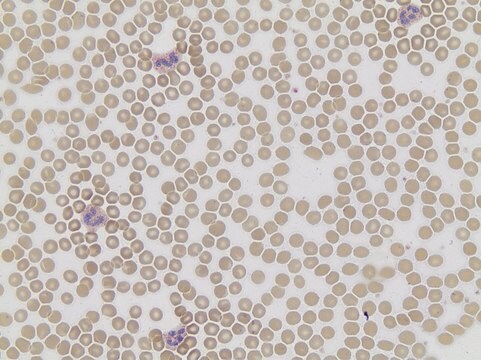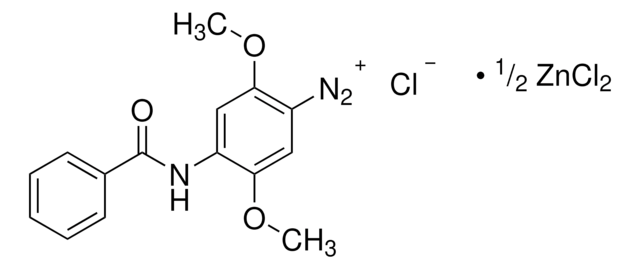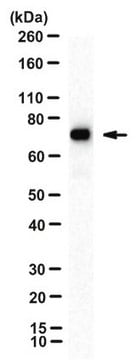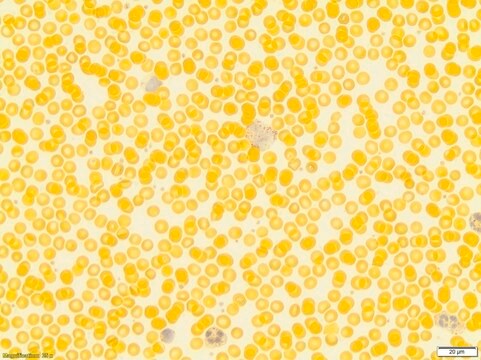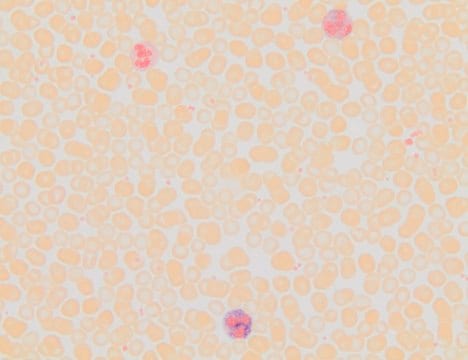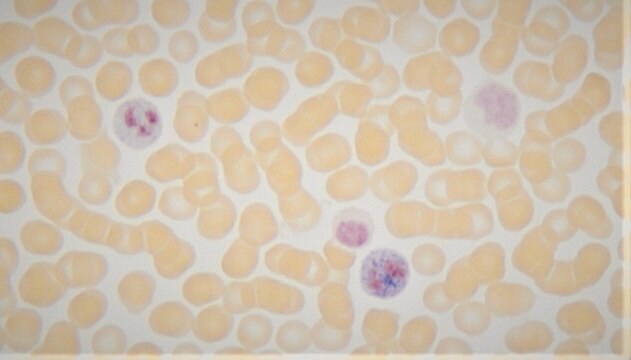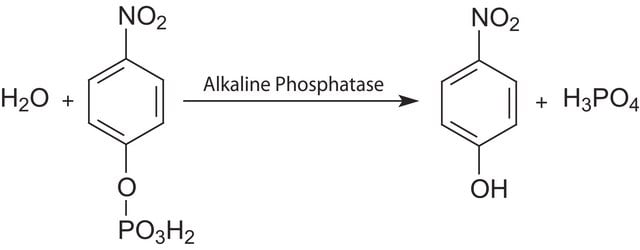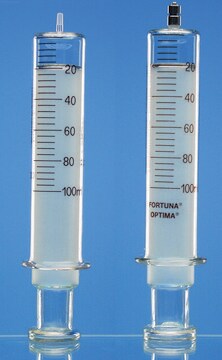17-128
Alkaline/Acid Phosphatase Assay Kit (R-R-A-pS-V-A)
Alkaline/Acid Phosphatase Assay Kit is routinely used to detect phosphatase activity by either dephosphorylation of the phosphopeptide (RRApSVA) or hydrolysis of pNPP.
About This Item
Polecane produkty
Poziom jakości
producent / nazwa handlowa
Upstate®
metody
activity assay: suitable (phosphatase)
metoda wykrywania
colorimetric
Warunki transportu
wet ice
Zastosowanie
Opakowanie
Komponenty
Malachite Green Additive (Cat.# 20-104)
Phosphate Standard (Cat.# 20-103)
Serine Phosphopeptide (RRApSVA) (Cat.# 12-220)
pNPP (p-Nitrophenyl Phosphate) (Cat.# 20-106)
NiCl2, 40mM (Cat.# 20-178)
pNPP Ser/Thr Assay Buffer (Cat.# 20-179)
96-well microtiter plate
Jakość
Informacje prawne
Oświadczenie o zrzeczeniu się odpowiedzialności
Hasło ostrzegawcze
Danger
Zwroty wskazujące rodzaj zagrożenia
Zwroty wskazujące środki ostrożności
Klasyfikacja zagrożeń
Aquatic Chronic 3 - Carc. 1A Inhalation - Met. Corr. 1 - Repr. 1B - Skin Sens. 1 - STOT RE 2
Organy docelowe
Lungs
Kod klasy składowania
6.1D - Non-combustible acute toxic Cat.3 / toxic hazardous materials or hazardous materials causing chronic effects
Klasa zagrożenia wodnego (WGK)
WGK 3
Certyfikaty analizy (CoA)
Poszukaj Certyfikaty analizy (CoA), wpisując numer partii/serii produktów. Numery serii i partii można znaleźć na etykiecie produktu po słowach „seria” lub „partia”.
Masz już ten produkt?
Dokumenty związane z niedawno zakupionymi produktami zostały zamieszczone w Bibliotece dokumentów.
Klienci oglądali również te produkty
Nasz zespół naukowców ma doświadczenie we wszystkich obszarach badań, w tym w naukach przyrodniczych, materiałoznawstwie, syntezie chemicznej, chromatografii, analityce i wielu innych dziedzinach.
Skontaktuj się z zespołem ds. pomocy technicznej

